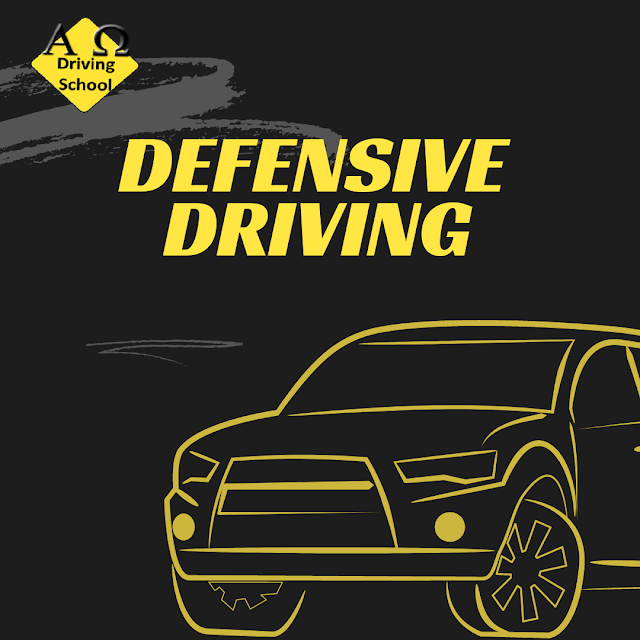Road traffic safety Importance
Street traffic wellbeing alludes to the strategies and measures used to keep street clients from being killed or truly harmed. Normal street clients incorporate people on foot, cyclists, drivers, vehicle travelers, horse riders, and travelers of on-street public vehicle (principally transports and cable cars).
Best practices in current street wellbeing technique:
The essential technique of a Safe System approach is to guarantee that in case of an accident, the effect energies stay underneath the edge liable to deliver either demise or genuine injury. This edge will fluctuate from crash situation to crash situation, contingent fair and square of security proposed to the street clients included.
For instance, the odds of endurance for an unprotected passerby hit by a vehicle lessen quickly at speeds more noteworthy than 30 km/h, while for an appropriately controlled engine vehicle inhabitant the basic effect speed is 50 km/h (for side effect accidents) and 70 km/h (for head-on crashes).
As maintainable answers for classes of street wellbeing have not been distinguished, especially low-traffic provincial and far off streets, an order of control ought to be applied, like orders used to work on word related security and health.
At the most significant level is supportable anticipation of genuine injury and demise crashes, with reasonable requiring all key outcome regions to be thought of. At the subsequent level is ongoing danger decrease, which implies furnishing clients at serious danger with a particular notice to empower them to make a moderating move. The third level is tied in with diminishing the accident hazard which implies applying the street plan principles and rules, (for example, from AASHTO), further developing driver conduct and requirement.
Street car accidents have become one of the world's biggest general wellbeing and injury-counteraction issues. The issue is even more intense in light of the fact that the casualties are predominantly solid before their accidents. As indicated by the World Health Organization (WHO), more than 1 million individuals are killed on the world's streets each year.
A report distributed by the WHO in 2004 assessed that some 1.2 million individuals were killed and 50 million harmed in car accidents on the streets all throughout the planet each year and that car crashes were the main source of death among kids 10–19 years old. The report additionally noticed that the issue was generally extreme in agricultural nations and that basic counteraction measures could split the quantity of deaths.
The standard measures utilized in evaluating street security intercessions are fatalities and killed-or-truly harmed (KSI) rates, typically communicated per billion (109) traveler kilometers. Nations utilizing more seasoned street wellbeing paradigms supplant KSI rates with crash rates – for instance, crashes per million vehicle-miles.
Mediations are for the most part a lot more straightforward to distinguish in the advanced street wellbeing worldview, which focusses on the human resistances for genuine injury and demise. For instance, the end of head-on KSI crashes basically required the establishment of a proper middle accident obstruction. Likewise, traffic circles, frequently with speed-diminishing methodologies, include not many KSI crashes.
The old street wellbeing worldview of absolutely crash hazard is an undeniably more intricate matter. Contributing variables to thruway accidents might be identified with the driver (like driver blunder, sickness, or exhaustion), the vehicle (brake, guiding, or choke disappointments), or the actual street (absence of sight distance, helpless side of the road clear-zones, and so on) Intercessions might look to lessen or make up for these variables, or to decrease the seriousness of accidents. A thorough layout of intercessions regions can be found in administration frameworks for street wellbeing. Study led in Finland uncovered that the casualty hazard is expanded most when an impact type is either common or meeting[clarification needed] of the vehicles.
Notwithstanding the board frameworks, which apply overwhelmingly to networks in developed regions, one more class of mediations identifies with the plan of street networks for new regions. Such mediations investigate the designs of an organization that will intrinsically lessen the likelihood of collisions.
Intercessions for the avoidance of street traffic wounds are frequently assessed; the Cochrane Library has distributed a wide assortment of audits of mediations for the counteraction of street traffic injuries.
For the motivations behind street traffic wellbeing it tends to be useful to characterize streets into three uses:
developed metropolitan roads with more slow velocities, more prominent densities, and greater variety among street clients.
significant parkways (motorways/Interstates/expressways/Autobahns, and so forth) held for engine vehicles, and which are regularly intended to limit and lessen crashes
Most wounds happen on metropolitan roads yet most fatalities on provincial streets, while motorways are the most secure comparable to remove voyaged. For instance, in 2013, German autobahns conveyed 31% of mechanized street traffic (in movement kilometers) while representing 13% of Germany's traffic passing.




Comments
Post a Comment